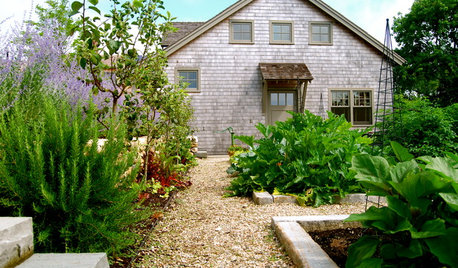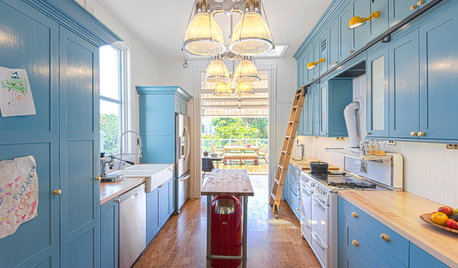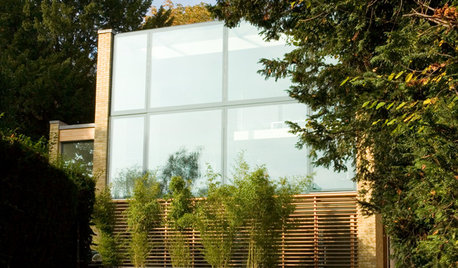Amend or Not to Amend?
Travellergt4
19 years ago
Related Stories

GARDENING GUIDESLearn the Secret to Bigger and Better Roses
Grow beautiful roses using both ordinary and unusual soil amendments
Full Story
GARDENING GUIDESHouzz TV: Make a Worm Bin for Rich Soil and Happy Plants
A worm-powered compost bin that can fit under a sink turns food scraps into a powerful amendment for your garden. Here’s how to make one
Full Story
GARDENING GUIDESGarden Myths to Debunk as You Dig This Fall and Rest Over Winter
Termites hate wood mulch, don’t amend soil for trees, avoid gravel in planters — and more nuggets of garden wisdom
Full Story
LANDSCAPE DESIGNHow to Shape a Rain Garden and Create the Right Soil for It
Learn how to grade, lay out and amend the soil in your rain garden to support your plants
Full Story
GARDENING GUIDESGrow a Beautiful Garden in Alkaline Soil
Got alkaline soil? Learn how to manage it and the many beautiful plants that will thrive in this ‘sweet’ soil
Full Story
GARDENING GUIDESSolve 3 Common Landscape Problems — With More Plants
Sometimes the best defense is a good offense
Full Story
GARDENING GUIDESThe Simple Secret to Gardening Success
Learn the kinds of soil and a DIY type test to make sure you’re putting the right plant in the right place
Full Story
KITCHEN DESIGNKitchen of the Week: Pushing Boundaries in a San Francisco Victorian
If the roll-up garage door doesn’t clue you in, the blue cabinets and oversize molding will: This kitchen is no ordinary Victorian galley
Full Story
CONTEMPORARY HOMESHouzz Tour: The Height of Luxury in a Modern Glass House
Sleek materials, walls of glass and double-height rooms create a glamorous, light-filled home in north London
Full Story
GARDENING GUIDES7 Ecofriendly Gardening Ideas That Also Cut Chore Time
Spend less time weeding, less money watering and more moments just sitting back and enjoying your healthy garden
Full Story





gardengal48 (PNW Z8/9)
MountainLandscaper
Related Professionals
Wareham Landscape Architects & Landscape Designers · Concord Landscape Contractors · Barrington Landscape Contractors · Coeur d'Alene Landscape Contractors · Danvers Landscape Contractors · Euclid Landscape Contractors · Forest Hills Landscape Contractors · La Verne Landscape Contractors · Mercedes Landscape Contractors · Newnan Landscape Contractors · San Antonio Landscape Contractors · West Chicago Landscape Contractors · North Aurora Landscape Contractors · Hillcrest Heights Handyman · Lake Forest Driveway Installation & Maintenanceback_yard_guy
Travellergt4Original Author
clfo
NOTHO__NANTUCKET
heptacodium
The_Mohave__Kid
mcrean1
superphosphate
gardengal48 (PNW Z8/9)
The_Mohave__Kid
gardengal48 (PNW Z8/9)
deeproots
superphosphate
The_Mohave__Kid
laag
The_Mohave__Kid
laag
The_Mohave__Kid
superphosphate
gardengal48 (PNW Z8/9)
sally2_gw
Ron_B
The_Mohave__Kid
gardengal48 (PNW Z8/9)
Ron_B
SeniorBalloon
Ron_B
The_Mohave__Kid
Ron_B
The_Mohave__Kid
Ron_B
sally2_gw
The_Mohave__Kid
Ron_B
laag
The_Mohave__Kid
Deb49
Ron_B
The_Mohave__Kid
Karchita
Ron_B
Karchita
superphosphate
The_Mohave__Kid
Travellergt4Original Author
AshdonLandscaping
laag
Ron_B